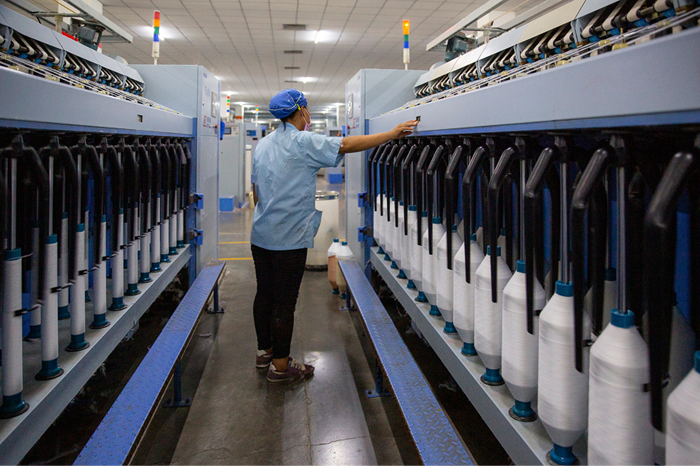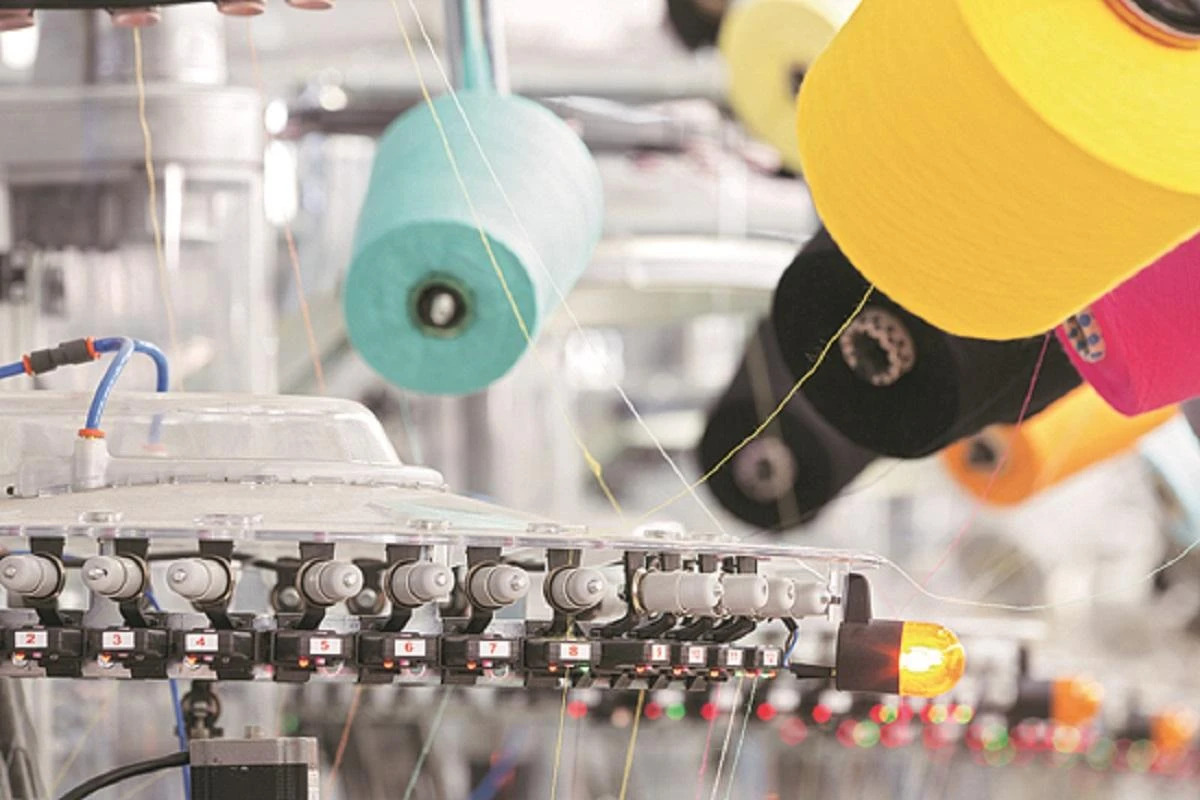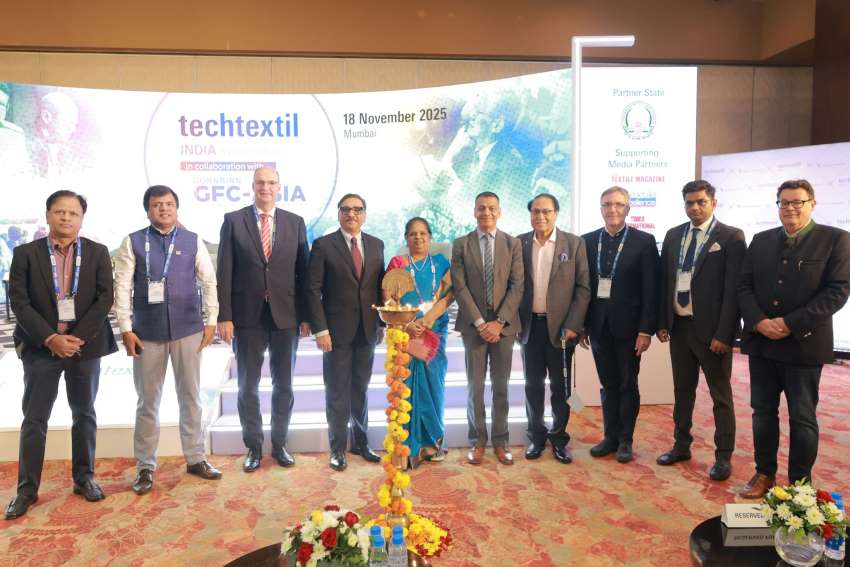"Although many fashion and apparel companies have adopted tools, such as Adobe Creative Suite and PDM systems within their product development process, the implementation of 3D virtual prototyping tools have been met with resistance. The reasons vary from company to company but they must be addressed as the immense number of physical samples that are produced and shipped across the globe during the product development process, necessitates new, sustainable practices based in innovative tools."
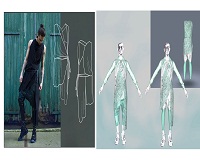 Although many fashion and apparel companies have adopted tools, such as Adobe Creative Suite and PDM systems within their product development process, the implementation of 3D virtual prototyping tools have been met with resistance. The reasons vary from company to company but they must be addressed as the immense number of physical samples that are produced and shipped across the globe during the product development process, necessitates new, sustainable practices based in innovative tools.
Although many fashion and apparel companies have adopted tools, such as Adobe Creative Suite and PDM systems within their product development process, the implementation of 3D virtual prototyping tools have been met with resistance. The reasons vary from company to company but they must be addressed as the immense number of physical samples that are produced and shipped across the globe during the product development process, necessitates new, sustainable practices based in innovative tools.
3D virtual prototyping for apparel design and product development offers the opportunity for fashion and apparel companies to streamline their current process. Moreover, it provides a means of communication centered around a single, digital asset that can be used by all departments, vendors, and manufacturers. Even with these benefits, there are common points of resistance that exist in the fashion and apparel industry that hinder the adoption of 3D virtual prototyping:
3D not a gimmick
While 3D modeling is standard practice within creative departments in automotive, aerospace, architecture, and industrial design, 3D modeling is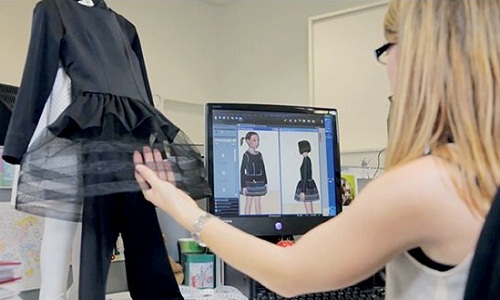 stereotyped as a tool specifically for computer-generated imagery. It is frequently associated with video games and animated films, inciting negative reactions when proposed as a tool for the fashion industry.
stereotyped as a tool specifically for computer-generated imagery. It is frequently associated with video games and animated films, inciting negative reactions when proposed as a tool for the fashion industry.
Yet, if we examine the evolution of 3D modeling, specifically 3D cloth simulation, garments in recent video games and animated films are intricate, drape dynamically, and animated characters wear multiple outfits made of different materials throughout an entire film. Even in films with human actors where 3D garments are used, it is difficult to tell when the garment is real or digital. 3D cloth simulation has come a long way over the past decade, and when paired with the right hardware, accurate virtual representations of designs can be achieved within a matter of minutes.
3D is not a gimmick. Even though 3D cloth simulation is used by other industries, when this technology incorporates features that can translate a virtual prototype into physical reality, designs can be clearly communicated, the number of physical samples per style can be greatly reduced, and more time can be spent on designing better, more creative products for your consumers.
Fear of change
Considering 3D virtual prototyping often elicits negative feelings from those involved in product development and design. It is a technology that challenges their current day-to-day process, and the change that comes with adopting this type of innovative technology can be extremely daunting.
This fear or resistance is rooted in a lack of trust in 3D technology — believing it cannot be applied to visualise a variety of garment categories, fabrics, or design details. In addition, new technology is generally applied towards the end of a product’s lifecycle. It is now common to experience retail environments where augmented reality and virtual try-on mirrors are being used. This ultimately overshadows the benefits of 3D technology and how it can innovate the entire process, beginning with the design phase.
Indeed 3D garment simulation has improved tremendously and is reliable in visualizing designs before a physical prototype is made. The technology has reached a tipping point where the virtual expression of various garment categories, design details, and fabrics is no longer limited. It can be used to create highly realistic images that can extend to marketing and e-commerce.
However, rolling out 3D virtual prototyping does not have to be an abrupt, sudden end-to-end change. Focusing on a few garment categories or styles can be a great way to prove that 3D works for your company. This can be achieved by working with a technology partner to complete a proof of concept, or with existing vendors and manufacturers to pilot a new 3D process around a small, but specific number of styles. The most important thing is to start in the early stages of apparel design and product development and grow the 3D ecosystem from there. Many manufacturers have already adopted 3D virtual prototyping tools as well, and they can play a key role in easing your company into a product development process that includes 3D.
No Time to learn new software
The fast-pace of the fashion calendar coupled with the demand for shorter lead times makes it difficult to set aside time to incorporate new technology. The work hours of those involved in product development process are spent chasing samples, attending multiple fit sessions for numerous styles, and constantly updating flat sketches and tech packs.
Although many have come to understand that 3D can drastically change the way they work, the current state of the product development process makes it difficult for them to dedicate even a fraction of their work hours to learning and applying 3D.
There are a few options available that have been put into practice by companies to address this issue. Certain companies have opted to establish teams that specifically create 3D garments, as well as investigate other technologies that will improve the overall product development process. Academic institutions are also a great resource for new talent, and many schools are beginning to incorporate 3D solutions into their design courses.
Another option would be to find the right people within the company who are open to 3D, reassign some of their tasks, and provide the time and space for them to develop their skills in 3D, within a manageable timeframe.
Resistance to implementing 3D virtual prototyping exists within the fashion and apparel industry, but many companies are adopting 3D and reaping benefits. They utilise 3D garments generated from 3D virtual prototyping tools to increase speed to market and obtain valuable consumer data analytics. Sample accuracy has increased with their network of vendors and interdepartmental communication has improved. Ultimately, 3D is a tool that serves to innovate how design is communicated across all stages of a product’s lifecycle — a clear visual representation of silhouette, drape, and design.



